Jealousy and polyamory- some believe the two go hand in hand. Is this true? Does it have to be true. In a society that believes that there is only one person for everyone, then it is easy to see why some think this. When a person has a different mindset, a poly mindset, does jealousy still occur?
Jealousy is an intense emotion based upon negative thoughts and feelings of insecurity. Anxiety or fear about losing someone one can cause this insecurity. Sometimes it’s based on fears of what others have done to us in the past.
Everyone feels jealous from time to time. Oddly enough, jealousy is a natural emotion. If allowed to fester too long it can destroy relationships.
Though jealousy occurs in monogamous relationships, it’s known to occur even more in poly relationships because more than two people are always part of the equation. If you experience jealousy, here are some ideas on how to cope and handle your jealous feelings:
• Understand your feelings, your emotions. Jealousy consists of a combination of fear and anger. One may fear losing something or someone, or one may be angry that someone else is trying to take or move in on that which you feel belongs to you. It is important that you know the difference between envy and jealousy. Envy involves wanting or desiring something that you do not have; jealousy involves wanting to keep that which you already have.
• You have control over envy. So if envy is your issue, do not envy. Stop looking at what does not belong to you! However, if it is jealousy, allow yourself to actually feel jealous in a healthy way. We cannot discover how we feel unless we allow ourselves to feel- but in a healthy manner. When you start to feel jealous, ask yourself, “Is this anger or fear based?” How can one tell? That can be kind of hard. We have to be honest with ourselves and really know ourselves. How our body responds can help. You might even feel a combination of feelings.
does not belong to you! However, if it is jealousy, allow yourself to actually feel jealous in a healthy way. We cannot discover how we feel unless we allow ourselves to feel- but in a healthy manner. When you start to feel jealous, ask yourself, “Is this anger or fear based?” How can one tell? That can be kind of hard. We have to be honest with ourselves and really know ourselves. How our body responds can help. You might even feel a combination of feelings.
• COMMUNICATE your feelings. It’s important you communicate your feelings to yourself. Write in a journal or diary. Write a poem about them, or write yourself a letter. Writing helps you to logically think about your emotion. When one engages their emotion in logic, this can help alleviate the emotion. Communicate your feelings with the person you fear losing but don’t blame them for the feelings. Feeling and sharing your true feelings with someone without accusing them can a bond between the two of you. It opens up dialogue, the lines of communication. A common practice is to use “I feel” statements rather than blaming statements:
“I feel” + the emotion you are feeling (threatened, hurt, angry, fear, sad, bothered, etc) + the reason for the emotion.
For example, “I feel threatened by the thought of another woman coming into our home because I fear you may like her better than me.”
• Figure out what your jealousy teaches you. Jealousy can indicate what you want and 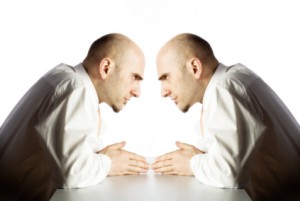 what is important to you. If you are jealous that your husband/boyfriend can talk easily with his other lover, then you may also being want to have good communication. If your jealous that his other partner has more money or nicer things, you may have a need for financial security or more independence. Ask yourself: “Why am I jealous over this? What is making me jealous? What or who am I trying to keep? What do I fear losing? Why do I feel threatened?” When you begin to understand and identify what makes you jealous, you can begin to take positive action. This can help your relationships without negative emotion influencing your actions.
what is important to you. If you are jealous that your husband/boyfriend can talk easily with his other lover, then you may also being want to have good communication. If your jealous that his other partner has more money or nicer things, you may have a need for financial security or more independence. Ask yourself: “Why am I jealous over this? What is making me jealous? What or who am I trying to keep? What do I fear losing? Why do I feel threatened?” When you begin to understand and identify what makes you jealous, you can begin to take positive action. This can help your relationships without negative emotion influencing your actions.
• Change any false beliefs that causes you to be jealous. Many times, we have false fears which cause us to be jealous. For instance, “Every female is out to get my boyfriend/husband.” or “If he/she leaves me, I won’t be able to survive.” False beliefs fuel our jealousy, but we can change our beliefs. Use positive affirmations that support and nurture your well being. When you begin to feed yourself with happy, supporting, and nurturing thoughts, your jealous feelings of fear or anger can disappear or at least lessen.
REMEMBER:
Jealousy and love are not the same thing. Many times, people confuse the two. They think that if someone is jealous, then it means they really love them. Jealousy is the fear and anger of losing love. It is not the proof of love. Jealousy can disappear when you replace the fear and anger. Truly loving yourself and others is the place to start. Illogical and irrational jealousy usually stems from our own feelings. Deal with insecurity and self-esteem issues. Try talking about your feelings with someone who loves and supports you and your poly life. Talking helps, especially talking to your partners.
If jealous feelings are leading to power or control issues, then other issues can exist. When we feel emotionally threatened in some way, we can try to control our environment. We try to force people to do what we want. The hope is that we can make our feelings go away by changing things around us. Force is not the answer. It can lead to anger and resentment. You could end up feeling worse.
Know what you feel. Know why you feel it. Communicate with your partners. Jealousy and polyamory do not have to exist together. You can be happy.



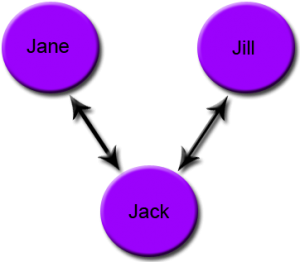
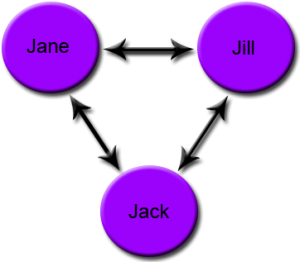
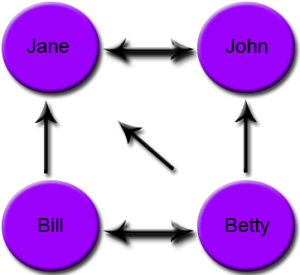

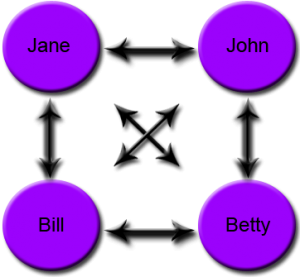
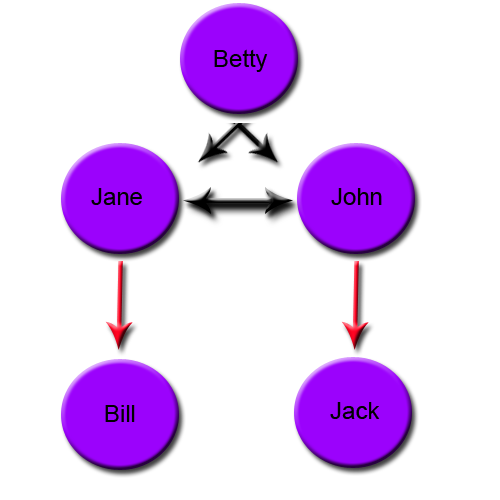
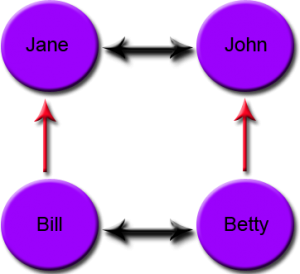
 on…things you may not have picked up in the monogamous world.
on…things you may not have picked up in the monogamous world.